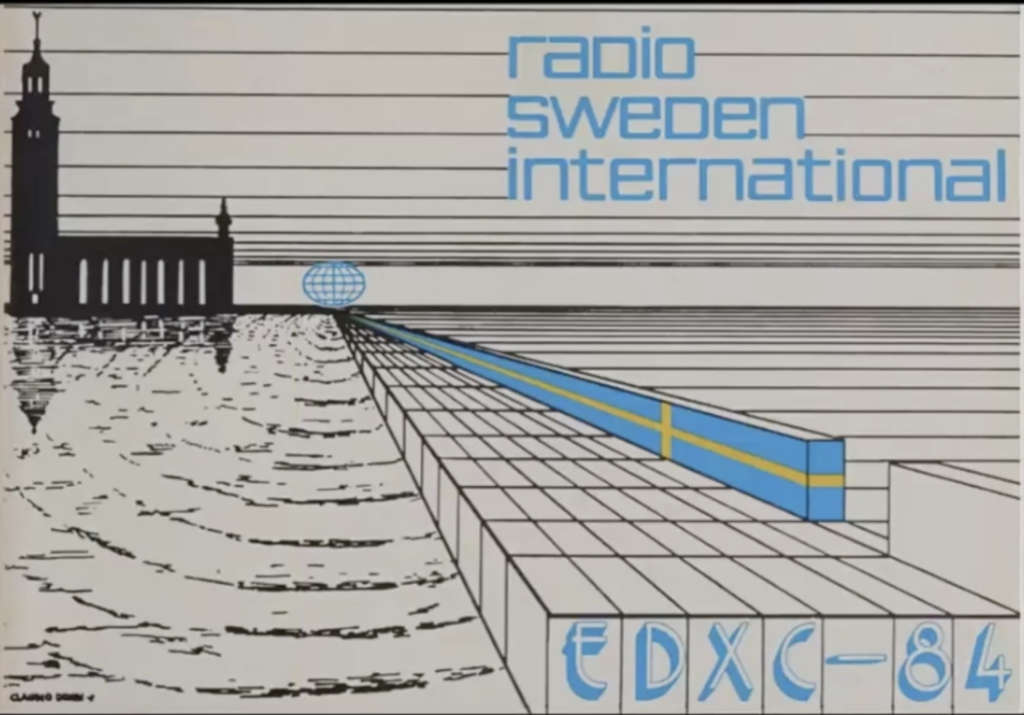Store and Forward episode 7 — Now We Wait for the FCC
Manage episode 441639106 series 3602102

The video version of this episode is at: http://archive.org/details/store-and-forward-7
Steve is relieved that the Comment and Reply Comment periods for FCC Docket 24-240 https://www.fcc.gov/ecfs/search/search-filings/results?q=(proceedings.name:(%2224-240%22)) have ended. It’s been a pretty intense month of writing for him. Now it remains for the FCC to digest all the comments (more than 1800, and still coming in, despite the deadline of 2024-09-20) and make a decision to grant NextNav’s petition https://www.fcc.gov/ecfs/document/10416238018537/1 to radically reconfigure the 902-928 MHz band for their proposed “supplement GPS with a terrestrial Position, Navigation, and Timing (PNT) system”, or not, or some variant of NextNav’s request.
Steve and Kay discuss some of the myriad uses of the US 902-928 MHz band of which Amateur Radio is just one. Steve wasn’t previously aware that all of the automatic tolling systems nationwide (such as EZ-Pass) use 902-928 MHz for communicating between the overhead “readers” and the toll “badges” inside the vehicle. Another surprise was the use of 902-928 MHz for at least some of the Radio Frequency Identification (RFID) tags used on retail merchandise, inside warehouses, and even scaling up to freight containers. Yet another use of 902-928 MHz is Z-Wave, a home automation system, but it actually scales up to use in commercial buildings such as skyscrapers, for managing lighting. Not to mention the tens of millions of Automatic Meter Reading (AMR) systems in use nationwide. Collectively, there are billions, perhaps tens of billions of devices that operate in the 902-928 MHz band that could be affected by FCC Docket 24-240.
Steve guesses that the FCC will be surprised with the surge of comments about the use of Meshtastic https://meshtastic.org in the 902-928 MHz band,, including that it’s being used by individuals and small groups for emergency communications because it is a completely independent system that doesn’t need cellular, or Internet, or satellite.
Steve briefly discusses “SDR Television” https://www.sdr-radio.com/sdr-television-sept-19th-2024, which is a feature in development of the SDR Console software https://www.sdr-radio.com that he’ll discuss in this week’s Zero Retries 0171 https://www.zeroretries.org/p/zero-retries-0171. SDR Console works with most Software Defined Radio Receivers or Transceivers, including those as low-end as RTL-SDR receiver “dongles” https://www.rtl-sdr.com/buy-rtl-sdr-dvb-t-dongles/ or an Analog Devices ADALM-PLUTO https://www.analog.com/en/resources/evaluation-hardware-and-software/evaluation-boards-kits/adalm-pluto.html Software Defined Radio transceiver. With Amateur Radio Television almost to the point of being “just software” now, Amateur Radio could easily get into providing video content – over Amateur Radio, with no need for expensive custom hardware. Amateur Television could be as simple as an antenna, a Raspberry Pi, a RTL-SDR receiver, and some software and anyone could be receiving television from an Amateur Radio ATV repeater. Amateur Radio is allowed to transmit “bulletins”…
Kay discusses the “rest of the story” of the “Problem Box” he discussed last episode. The interesting content of the Problem Box is now wonderfully archived into the Chuck Vesei Shortwave Radio Artifacts collection http://archive.org/details/vesei-shortwave in DLARC. This collection is a wonderful time capsule of two years of this (then) young man’s life of writing to international shortwave broadcast stations all over the world. Many of the stations he wrote to replied with not just the usual “confirmation of signal report” (QSL) cards, but also brochures, and a small collection of pennants.
Kay discusses the Ohio/Penn DX Bulletin https://archive.org/details/ohio-penn-dx-bulletin which ceased publication in October 2022 after 32 years of continuous weekly publication… by one person – Tedd Miraliotta KB8NW. Kay was so enthralled about having much of the entire 32 year run of this unique publication… that he was intrigued enough to talk to Miraliotta and ask if there was any chance he could recover missing first 232 issues which had been distributed via Amateur Radio Packet Radio bulletins. Miraliotta dug through a closet and found a hard drive that had those issues on it but he had to hunt around his household for an old enough Windows system that would read the hard drive, and eventually found one that was hosting his weather station. So now, for the first time ever, the entire 32 year history of the Ohio/Penn DX Bulletin is online for anyone to read.
Kay had asked the Internet Archive scanning center to prioritize the box of Fair Radio Sales catalogs (reference Episode 4) https://archive.org/details/fair-radio-sales and those are now online. Steve remembers getting the Fair Radio Sales catalog and bringing it to his high school study hall and reading all the fascinating descriptions of mostly government surplus electronics gear. It seems surreal that such an institution is no more but Fair Radio Sales is now out of business – https://fairradio.com.
This weekend Kay will be attending the Portland Retro Gaming Expo https://www.retrogamingexpo.com with several friends from out of town. Kay will also be part of a panel discussion on Apple II Origins of Today’s Games – https://a2central.com/2024/09/prge-2024-apple-ii-games/.
Digital Library of Amateur Radio & Communications (a project of the Internet Archive) – https://archive.org/details/dlarc
Zero Retries Newsletter – https://www.zeroretries.org
8 afleveringen




